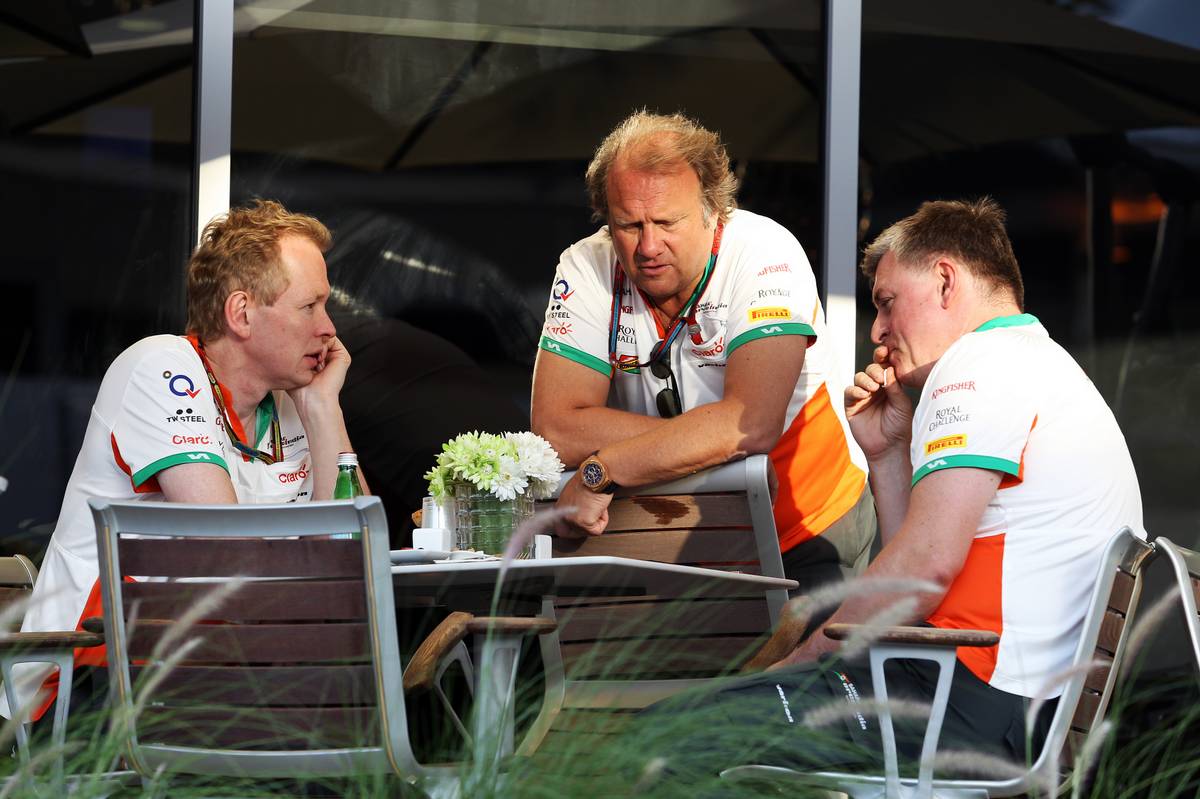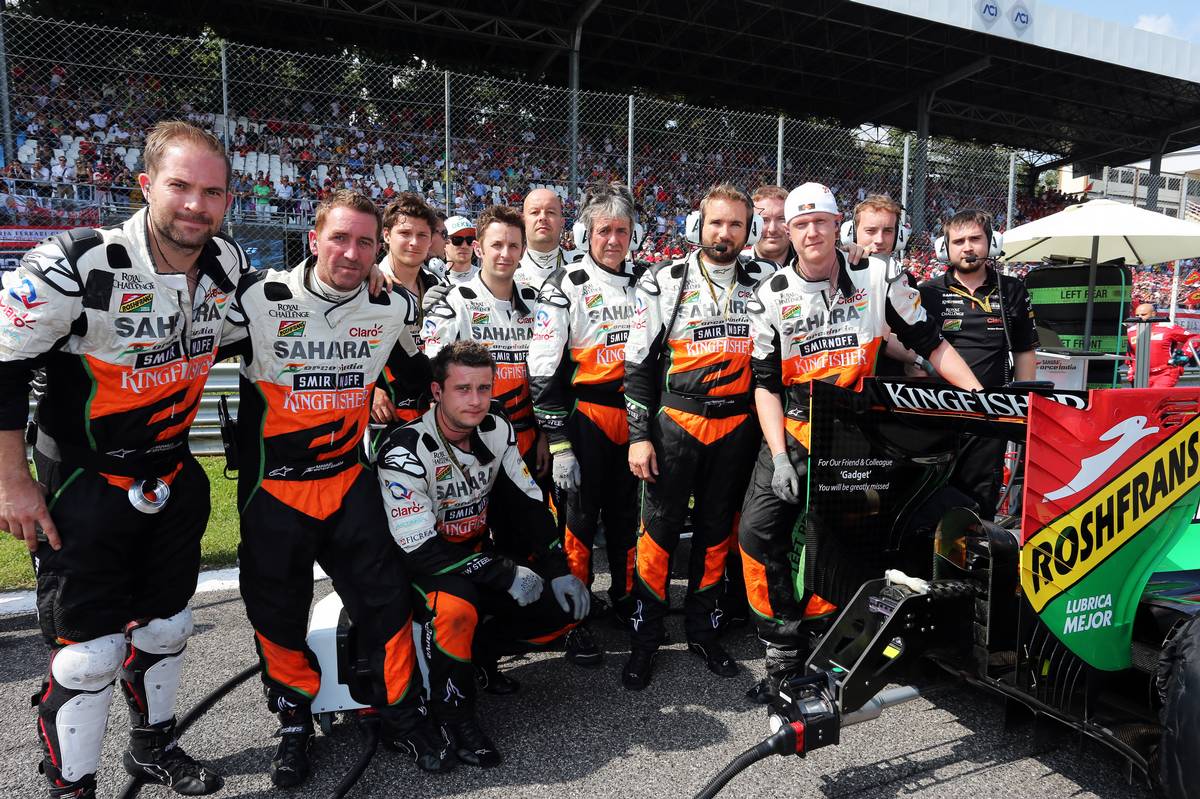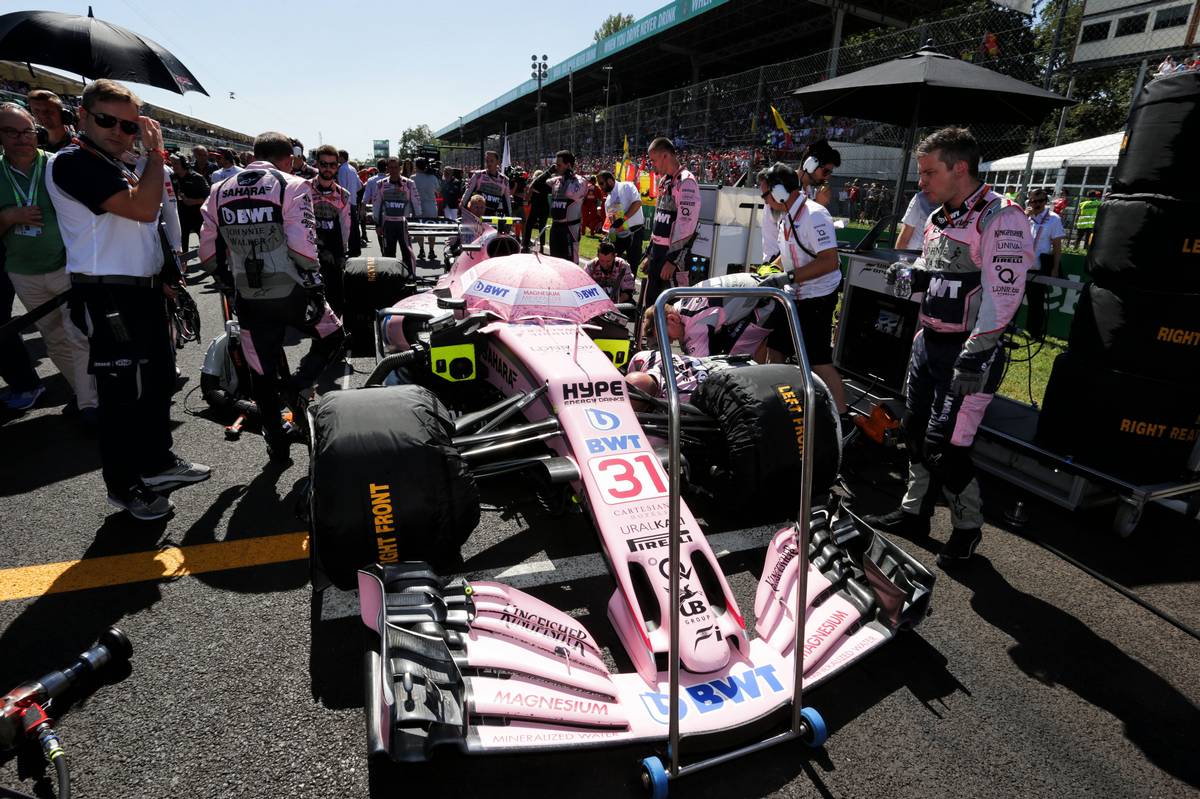
In the high-tech and precision world of Formula 1, it’s often easy to overlook the human side of the sport, but for former team principal Otmar Szafnauer, the wellbeing of his crews was always paramount—even if it meant putting his own financial future at risk.
Szafnauer's remarkable story came to light during a revealing episode of The High Performance podcast, where the American opened up about the desperate financial circumstances that plagued Force India, the Vijay Mallya-owned F1 team that would transition into Racing Point and Aston Martin F1.
Born in 2008 from the ashes of the Spyker F1 squad, Force India had always punched above its weight under Szafnauer's management, securing competitive finishes despite its perennial shoestring budgets.
But behind the scenes, the cracks were clear. There were days when it wasn’t just podium finishes at stake—but the livelihoods of the team's employees.
Szafnauer, who had joined Force India in 2009 as Chief Operating Officer, quickly became a key figure in keeping the team afloat during its most tumultuous times.
The High Performance podcast hosts couldn’t resist bringing up a story that has circulated among F1 insiders for year - a tale that Szafnauer himself had once paid the salaries of the entire team’s workforce.
“Twice,” Szafnauer responded, confirming the urban myth.
The hosts pressed further, asking how much it had cost him. At first, Szafnauer tried to brush it off.
“It wasn’t that much,” he said, clearly attempting to downplay the sacrifice. But when pushed, he admitted the truth. “It was in the millions.”
It was a staggering revelation, especially for a man who wasn’t the billionaire owner of the team, but rather its dedicated operational leader. So, how did the situation unfold?
The moment of crisis came when the team faced a brief but perilous cashflow problem. The Formula 1 prize money, which was their lifeline, was only days away from arriving.
“I paid it with the help of my partner at Soft Pauer,” Szafnauer explained, referring to the software company he had founded that designs interactive websites and apps for interested clients.

Otmar Szafnauer with Force India technical director Andy Green and deputy team principal Bob Fernley in Bahrain in 2014.
“We had money in the business. I had my own money. And I knew the salaries were not going to get paid, and I knew how difficult that is for people.
“Some people live paycheck to paycheck, and I understand it.
“We had to pay the salaries, and the Formula 1 money was coming in five days’ time. So say the salaries are due on a Friday, and we’re getting the Formula 1 money the following Wednesday.
“So I could have waited, not paid on Friday, or paid with my own money and then waited until Wednesday to get that money back from when the Formula 1 money came.”
In that situation, Szafnauer faced a choice. He could wait and risk the wages being late, or pay out of his own pocket to cover the gap. The risk was enormous, especially in a business as unpredictable as Formula 1.
“In between that Friday and the Wednesday, there’s a huge risk of, well, what if that money doesn’t come?” Szafnauer recounted.
“Or what if that money does come, and somebody else knocks on the door and says, ‘Hey, you owe me $2 million, and unless you give me this money, I’m shutting you down.’
“So that was five, six, seven days of, ‘What if?'”

However, the former Aston Martin and Alpine team boss eventually deemed it was a gamble he was willing to take because he believed in his team.
“There was only 400 of us, or 408, or whatever it was at the end. And at the time, we’re competing with teams that had no budget cap, right? That had 13 [to] 14,000 people,” he said.
“We had 400 and a £90 million budget. The others had a £250 million budget.”
The differences were even more striking when it came to development spending, a critical factor in Formula 1’s arms race of engineering innovation.
“You can say, oh, that’s three times the budget. It’s not that. It’s 100 times the budget,” Szafnauer explained. After the basic costs of running the team—engine purchases, travel, tires—Force India had only a small fraction left for car development.
“We have had four [million] leftover for development—whereas the others probably had 60 or 70 [million] for development."
Yet, with only a fraction of the resources, Force India regularly outperformed wealthier competitors, achieving remarkable results in a sport where money usually equates to speed.

Interestingly, Szafnauer never made a show of his personal sacrifice.
“A few knew,” he admitted, naming key members of the finance department and Technical Director Andy Green. “But no, I didn’t tell them. I didn’t feel it necessary. That’s not what it’s about.”
In Szafnauer's view, the important thing wasn’t recognition but ensuring that his people could continue their work without worrying about their next paycheck.
His quiet commitment to his team was a reflection of the camaraderie that had defined Force India’s ethos. It was a family, fighting together on a shoestring budget against the giants of the sport.
And in their toughest moment, Otmar Szafnauer had stepped up—not just as a leader, but as one of them.
Keep up to date with all the F1 news via Facebook and Twitter






